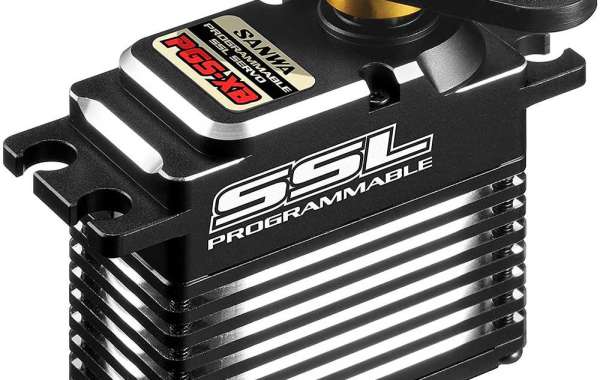X-ray machines are critical tools in medical diagnostics, industrial inspection, and security. To ensure their effective operation, a variety of specialized components, collectively known as X-ray parts, are required. These parts are essential for producing high-quality images, maintaining the machine’s functionality, and ensuring patient and operator safety. This guide will provide an overview of the key Xray Parts , their functions, and considerations for maintenance and replacement.
Key Components of X-Ray Machines
X-Ray Tube
The X-ray tube is the heart of the X-ray machine, responsible for generating X-rays. It consists of a cathode and an anode housed in a vacuum.
When high voltage is applied, electrons are emitted from the cathode and accelerated towards the anode, producing X-rays upon impact.
X-ray tubes are crucial for image clarity and should be regularly checked for wear and tear.
High-Voltage Generator
This component provides the necessary power to the X-ray tube. It converts low voltage to high voltage, essential for the operation of the X-ray tube.
A stable and reliable high-voltage generator ensures consistent X-ray production and high-quality imaging.
Collimator
The collimator controls the size and shape of the X-ray beam, reducing patient exposure and improving image quality.
It consists of adjustable lead shutters that can be configured to limit the X-ray beam to the area of interest.
Detector
Detectors capture the X-rays that pass through the patient or object and convert them into an image.
There are several types of detectors, including film, computed radiography (CR) plates, and digital radiography (DR) detectors. DR detectors offer the advantage of immediate image availability and high resolution.
Control Console
The control console allows the operator to set and adjust the parameters for X-ray generation, such as exposure time, voltage, and current.
Advanced consoles may include digital interfaces, programmable settings, and safety features.
Image Processor
This component processes the raw data from the detector to produce a clear, diagnostic image.
Modern image processors use sophisticated algorithms to enhance image quality and reduce noise.
Cooling System
X-ray tubes generate significant heat during operation, which must be dissipated to prevent damage. Cooling systems, often using oil or air, are essential for maintaining the tube’s temperature within safe limits.
Regular maintenance of the cooling system ensures the longevity of the X-ray tube.
Lead Shielding
Lead shielding protects patients and operators from unnecessary radiation exposure. It is used in various parts of the X-ray machine, including the housing and the room where the machine is located.
Ensuring adequate and properly maintained shielding is critical for safety compliance.
Maintenance and Replacement Considerations
Regular Inspections
Routine inspections and preventive maintenance are essential for identifying potential issues before they lead to equipment failure.
Key components, such as the X-ray tube, collimator, and detectors, should be regularly checked for signs of wear or malfunction.
Calibration
Regular calibration of the X-ray machine ensures accurate and consistent imaging. This includes calibrating the high-voltage generator, collimator, and detector.
Professional calibration services are recommended to maintain optimal performance.
Component Lifespan
Each component of an X-ray machine has a specific lifespan. For example, X-ray tubes typically need replacement every 1-3 years, depending on usage and maintenance.
Keeping track of component lifespans and scheduling timely replacements can prevent unexpected downtime.
Quality Parts and Suppliers
Using high-quality replacement parts from reputable suppliers is crucial for maintaining the reliability and safety of X-ray machines.
Original Equipment Manufacturer (OEM) parts are often recommended for their compatibility and quality assurance.
Safety Standards
Adhering to safety standards and regulations is essential for operating X-ray machines. This includes regular checks of lead shielding, radiation leakage tests, and ensuring operator training.
Conclusion
Understanding the essential parts of an X-ray machine and their functions is vital for ensuring optimal performance and safety. Regular maintenance, timely replacement of components, and adherence to safety standards are key to maintaining the reliability of X-ray equipment. By focusing on these aspects, healthcare providers, industrial inspectors, and security personnel can ensure that their X-ray systems provide accurate, high-quality imaging for years to come.
For more info. Visit us:








